Stuck in a power chord rut? Try these 5 smart alternatives
Voicings that go beyond the usual ‘5’ chord can make for some impactful and harmonically interesting sounds
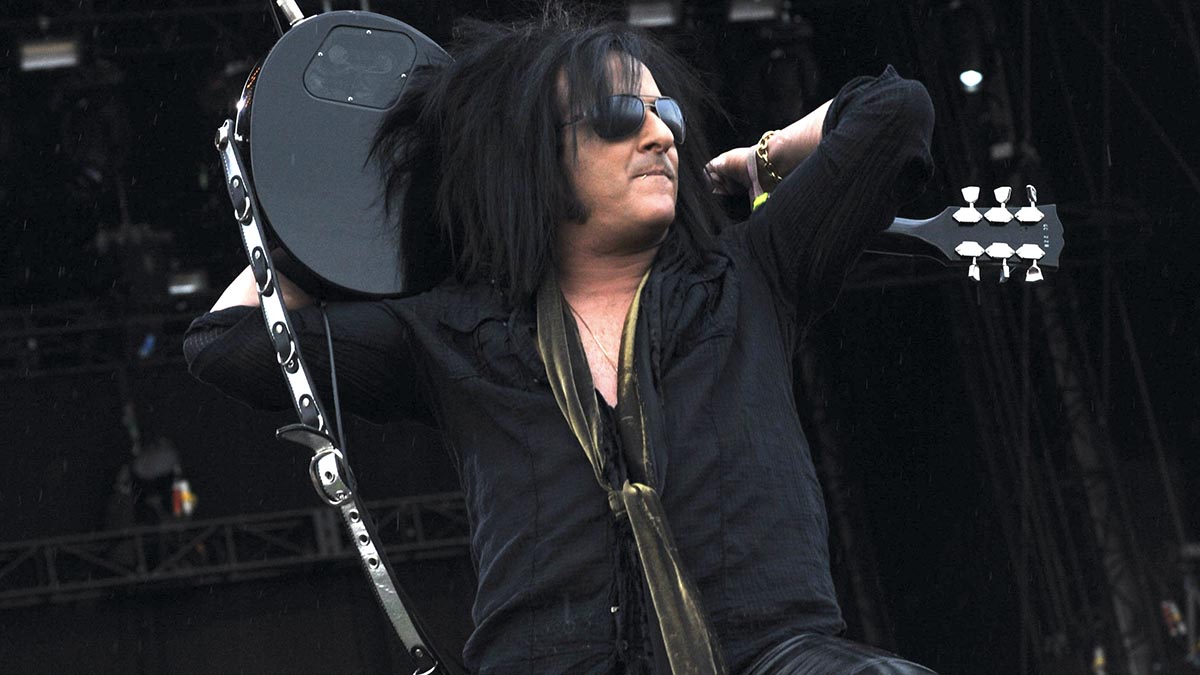
Nobody is trying to minimise the sheer joy of unleashing a powerchord, but in some situations you may wish for something a little more harmonically complex.
The trick is to find voicings that expand upon the traditional ‘5’ chord without becoming indistinguishable when played with drive.
Players such as Eddie Van Halen, Steve Stevens, Ritchie Blackmore and Randy Rhoads have all managed this successfully in their rhythm parts and riffs – and the examples below will walk you through a few of their approaches.
Before we get into the specifics, I’d like to talk in more general terms about tone. It has often been said that a good classic-rock rhythm tone isn’t as distorted as many would presume.
Often the sustain and impact can be down to sheer volume and/or EQ. If you think you could do with less gain on your rhythm tone (lead sounds are a different matter entirely!), try edging back the gain until it is a bit too ‘clean’ then going up a notch. This will sound clearer and punchier in a band mix.
1. Asus2
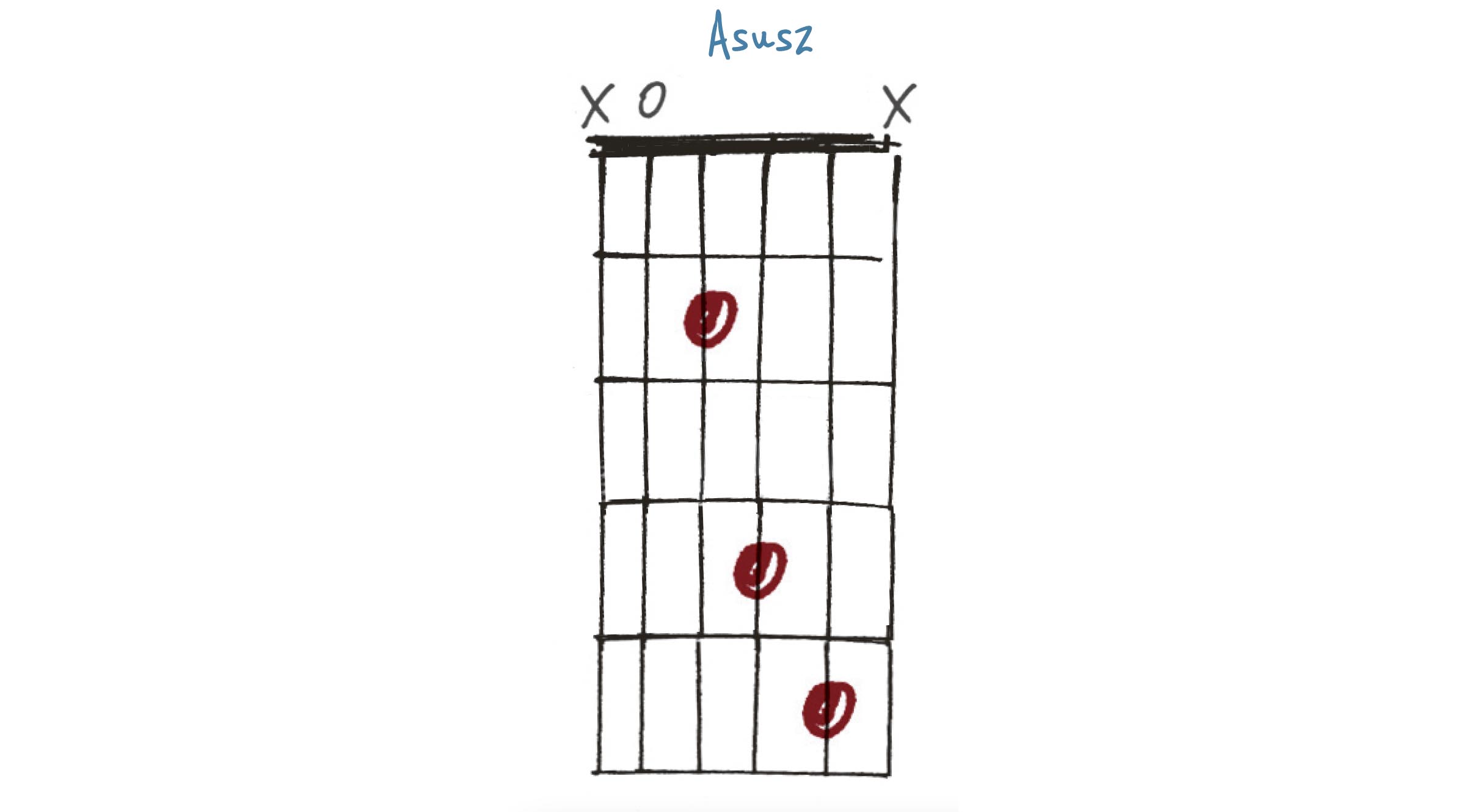
Closely related to an A5 powerchord, this adds a B, which, in this context, would make it an Asus2. There is some dissonance, but you can still hear each note.
I have also palm-muted to rake through the individual notes because this separates them to give extra clarity – similar to the way EVH does it in Ain’t Talkin’ ’Bout Love.
2. Asus2#11
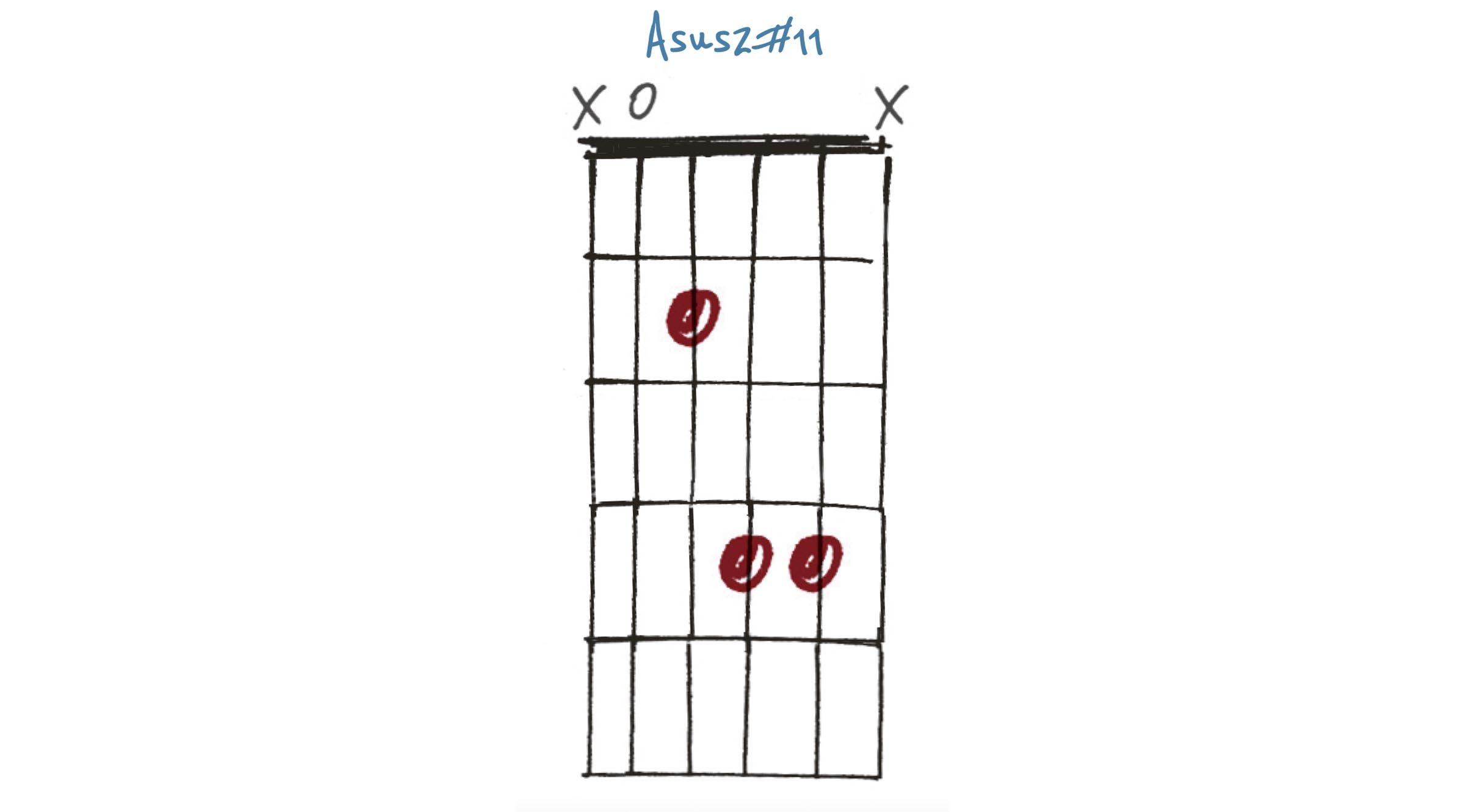
A similar shape but with the highest note (E) flattened to give us an Eb. This is tricky to name as we now have a 5th (E) plus the b5th (Eb), as well as the 2nd (B). Perhaps it’s better to call the b5th a #11th, giving us Asus2#11. Great chord, anyway!
3. Gmaj7
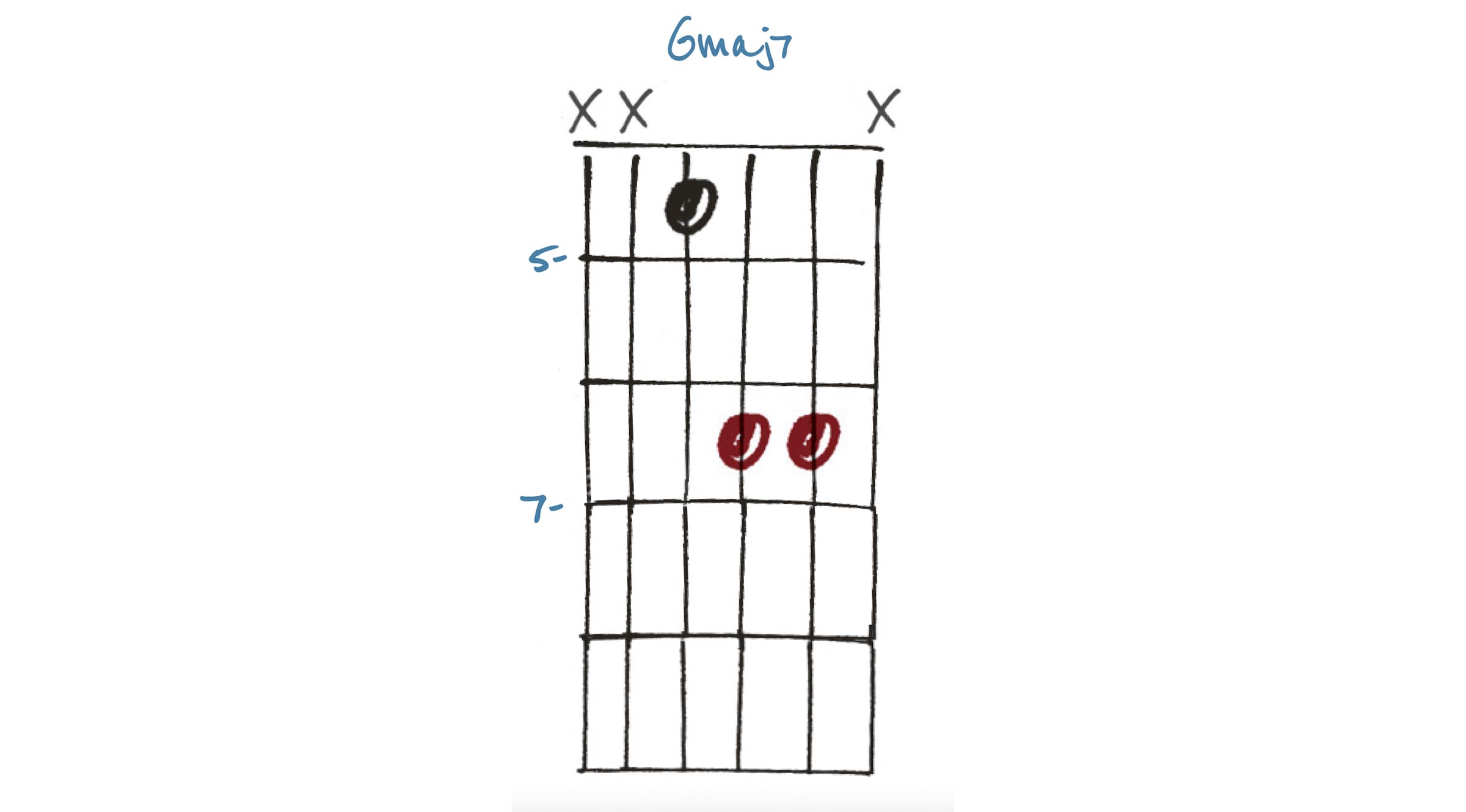
Adding an F# as a top note over this G5 voicing on the third and fourth strings gives us a Gmaj7. Not a chord we associate with distorted guitars, but check out Steve Stevens’ staccato chord playing on the verses of Rebel Yell and there it is! Going back to a regular G5 seems a bit flat in comparison.
4. Dsus2
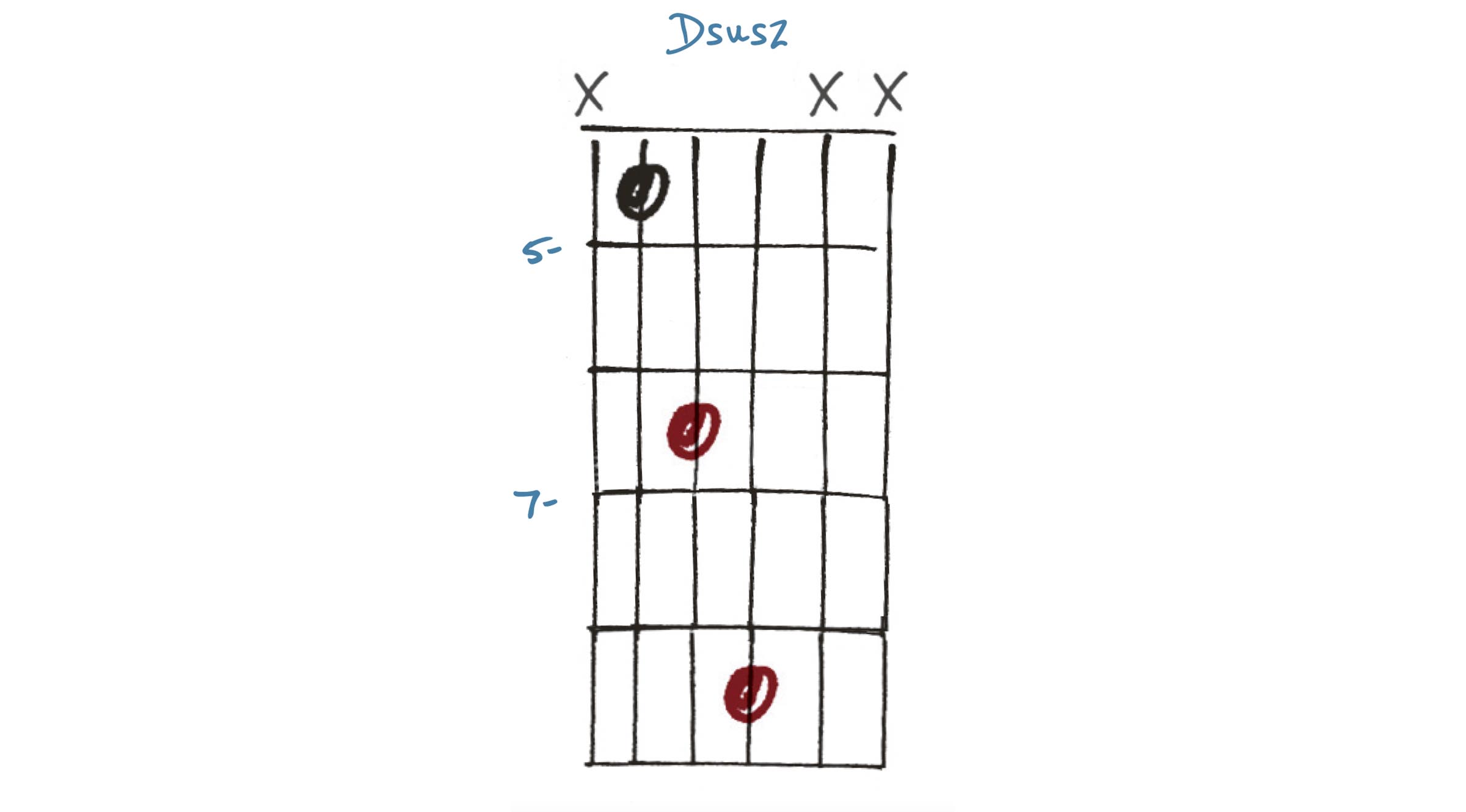
This Dsus2 rings nice and evenly, even with distortion, because it doesn’t mess with the harmonics in the way a major 3rd does. The 2nd on top adds an exotic edge to powerchord progressions, though it can be a bit of a stretch after a while, so bear this in mind before you write a 20-minute prog-metal song with it…
5. Bm7
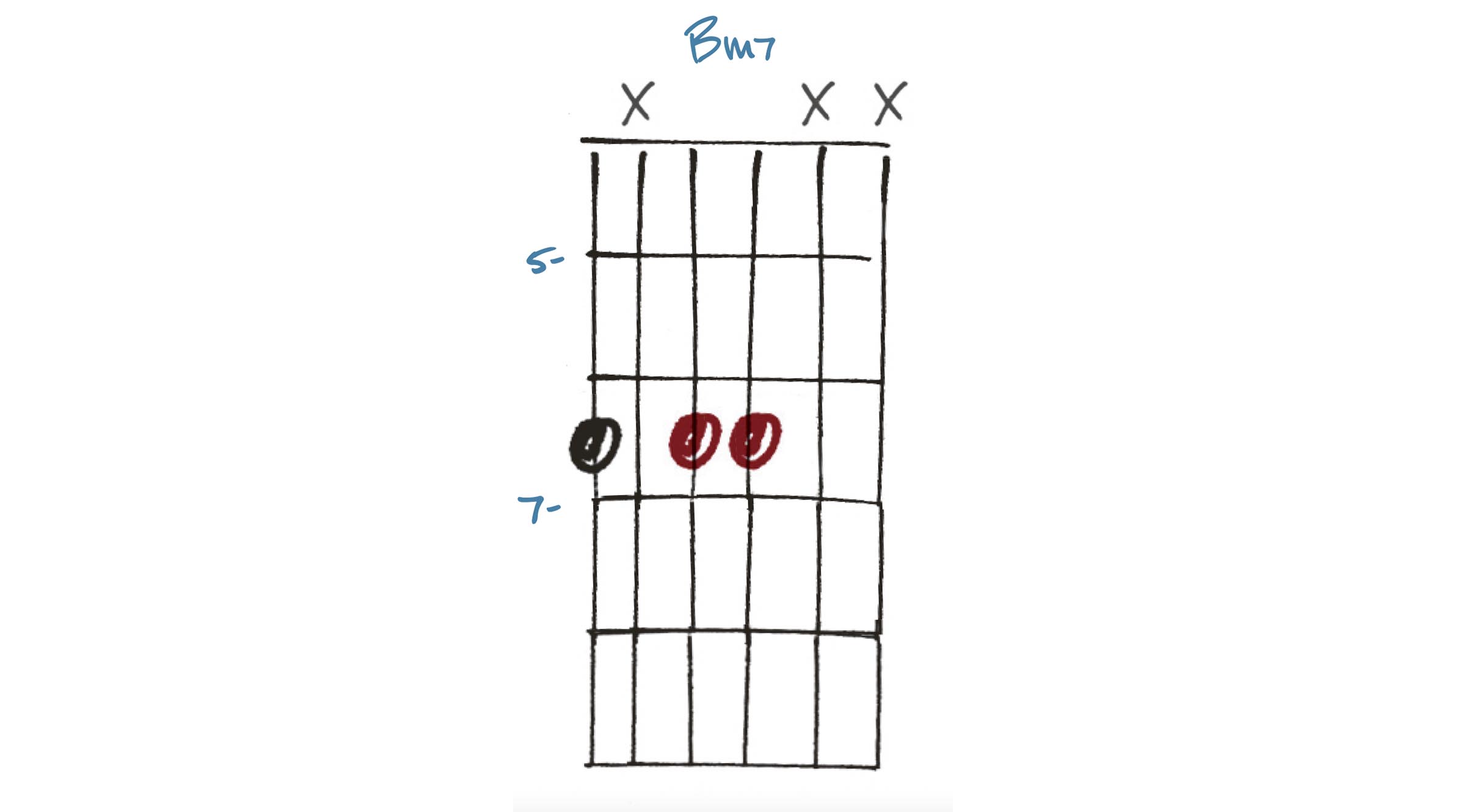
This Bm7 requires the fifth string to be muted and is quite dissonant with all the notes ringing together. Players such as Randy Rhoads and Ritchie Blackmore got around this by not allowing them to ring together – namely, never play the bass note at the same time as the top notes. Check out Ozzy’s Crazy Train or Deep Purple’s Burn.
Get The Pick Newsletter
All the latest guitar news, interviews, lessons, reviews, deals and more, direct to your inbox!
As well as a longtime contributor to Guitarist and Guitar Techniques, Richard is Tony Hadley’s longstanding guitarist, and has worked with everyone from Roger Daltrey to Ronan Keating.








![Joe Bonamassa [left] wears a deep blue suit and polka-dotted shirt and plays his green refin Strat; the late Irish blues legend Rory Gallagher [right] screams and inflicts some punishment on his heavily worn number one Stratocaster.](https://cdn.mos.cms.futurecdn.net/cw28h7UBcTVfTLs7p7eiLe.jpg)


